Red Bull has not only faced intense pressure on the track this year, but is also grappling with the question of whether to stick with its 2025 car or change it.
It wasn’t long before the prevailing wisdom was that Red Bull could easily get through the 2024 season in dominant form, and with the current car improving they could do the same next season.
Red Bull’s leadership kept their feet on the ground, warning of a potential close race which essentially happened, but there were hopes it might not happen so quickly.
“It was almost inevitable,” said Red Bull team principal Christian Horner after the Belgian Grand Prix. “When you get consistency in the regulations you always get convergence.”
“Convergence has always been about bringing teams closer together. We have a big rule change in 2026 that will cause a separation, but between now and then, over the next 18 months, it will be four teams.”
Red Bull remain in a dominant position, with Max Verstappen leading the Drivers’ Championship by 78 points, while Red Bull lead McLaren in the Constructors’ Championship by 42 points.
That’s a very slim margin considering there are 44 points available per event (52 for sprint race weekends) and McLaren are on course to surpass that by the end of the season.
For the rest of the season, the aim is to give the best out of the Red Bull RB20.
There will be more upgrades after the August break, although the focus will have shifted firmly to the RB21 next year.
There is also the added challenge of the looming 2026 car, which will already be well advanced despite aerodynamic testing not being allowed until early 2026.
Wind tunnel and computational fluid dynamics resources are limited for Red Bull in particular as they have the smallest allocation thanks to their position at the top of the championship.
Speaking during the Spanish Grand Prix weekend in June, Red Bull’s chief engineer Paul Monaghan summed up the challenge.
“The rules are restrictive, the budget cap is a bit restrictive, but we’re probably ‘close’ to those rules,” Monaghan said.
“And then we have to decide as a team, how much do we get for 2025, and then prepare for 2026? And then it’s a question of whether we can actually execute those plans, put them on the 2024 car in 2025 and still get the 2026 car done.”
However, Red Bull’s dilemma may be a bit more difficult.
Monaghan cites the asymptote, which is mathematically a straight line that continually approaches a curve without ever meeting it. To simplify this from a Formula 1 development perspective, imagine the development curve shrinking over time, approaching but never quite reaching the theoretical maximum possible performance.
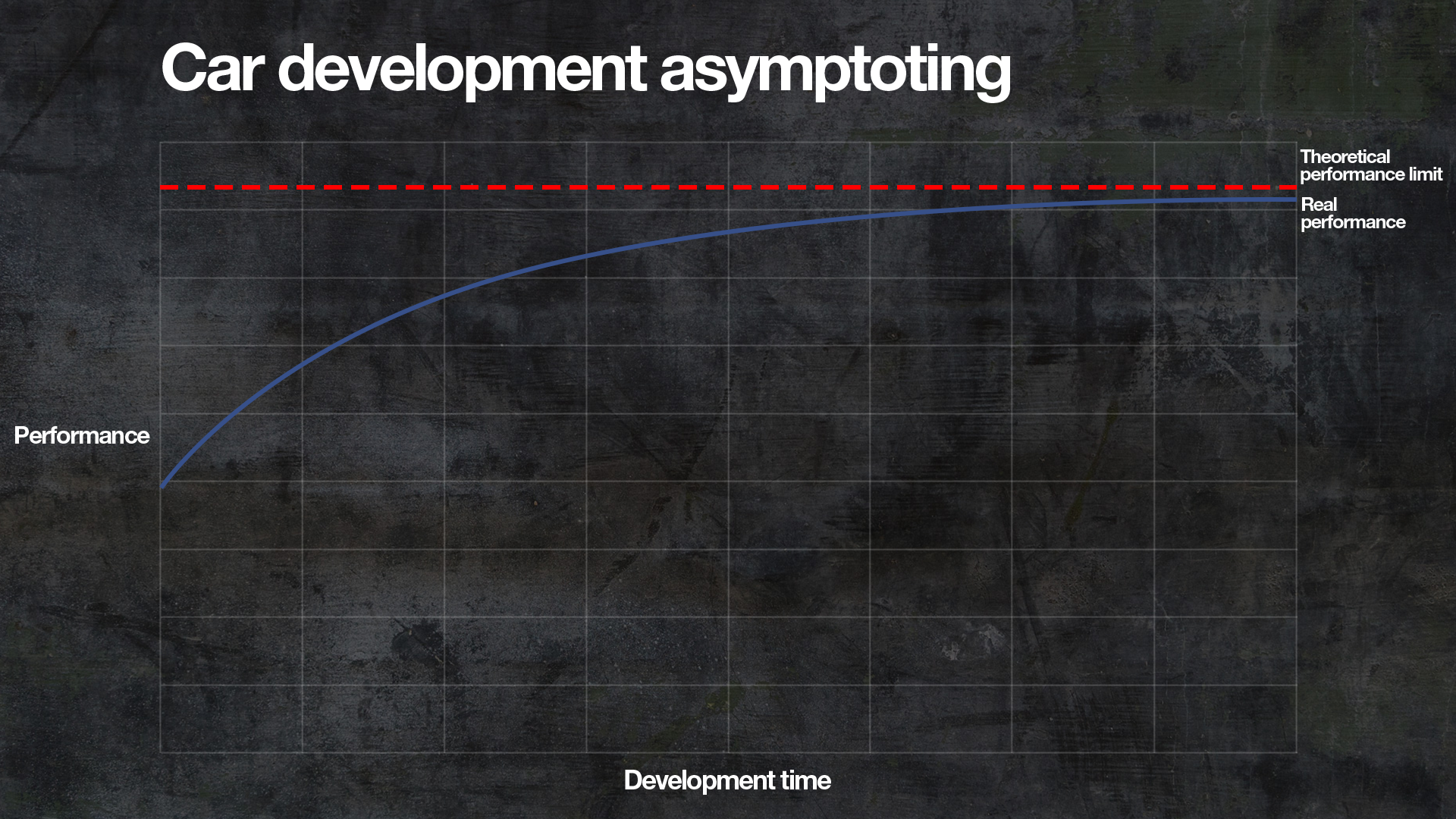
This means that although incremental gains may be made, they are small, and may become so small as to become irrelevant even in a sport where milliseconds matter.
What Red Bull has to decide is whether it is already close to the performance ceiling and can therefore continue on its path, or whether the concept is the limiting factor and others can reach more performance.
These cars are now well known. When in action, the Red Bull car is still the fastest ever in Formula 1 racing.
The problem here is that the run-in period is hard to come by, especially since McLaren has a car that can run fast across a wide range of conditions and circuits. You might say that the Red Bull is still the fastest car in F1, but the McLaren is probably now the best car in the class thanks to its versatility.
According to Horner, the top priority for the Red Bull team is to create a car with a wider operating range.
It was suggested in Hungary that some of that could be achieved by making better use of the Hungaroring upgrade package, which included a significantly different bonnet/side bodywork for Verstappen’s car. However, it is likely that achieving that goal would require more significant changes.
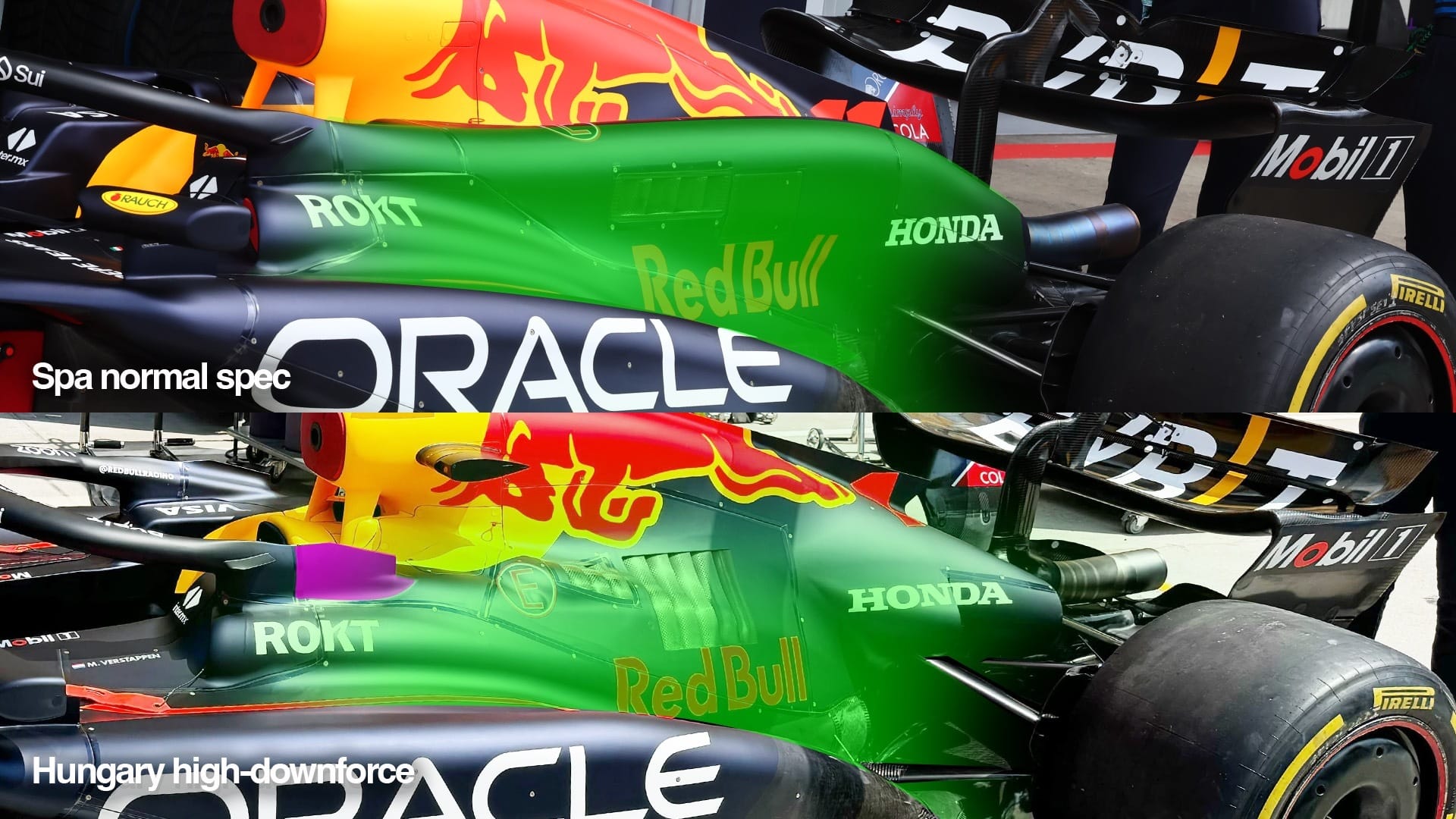
“We have more performance to get from them, frankly,” Horner said.
“We need to expand the operating window for the car. When the car is in the correct window, [Max] He qualified four tenths of a second ahead. Here he clearly missed out on pole by less than a tenth of a second.
“When you listen to the drivers, Max has some limitations in the car. He knows that performance is important. What is clear is how to translate those issues into solutions.”
In the short term, it comes down to getting what you can from the RB20. The next question is how different the RB21 needs to be to solve these problems if it can actually be done without sacrificing speed.
The main problem is that the Red Bull RB20 is a car that needs to be driven consistently – especially laterally at the rear.
This high level of roll stiffness, combined with the relatively long rear suspension travel for these cars, keeps the aerodynamics working consistently and combines with the anti-dive front suspension geometry and tightly controlled rear suspension to reduce the chances of slippage problems.
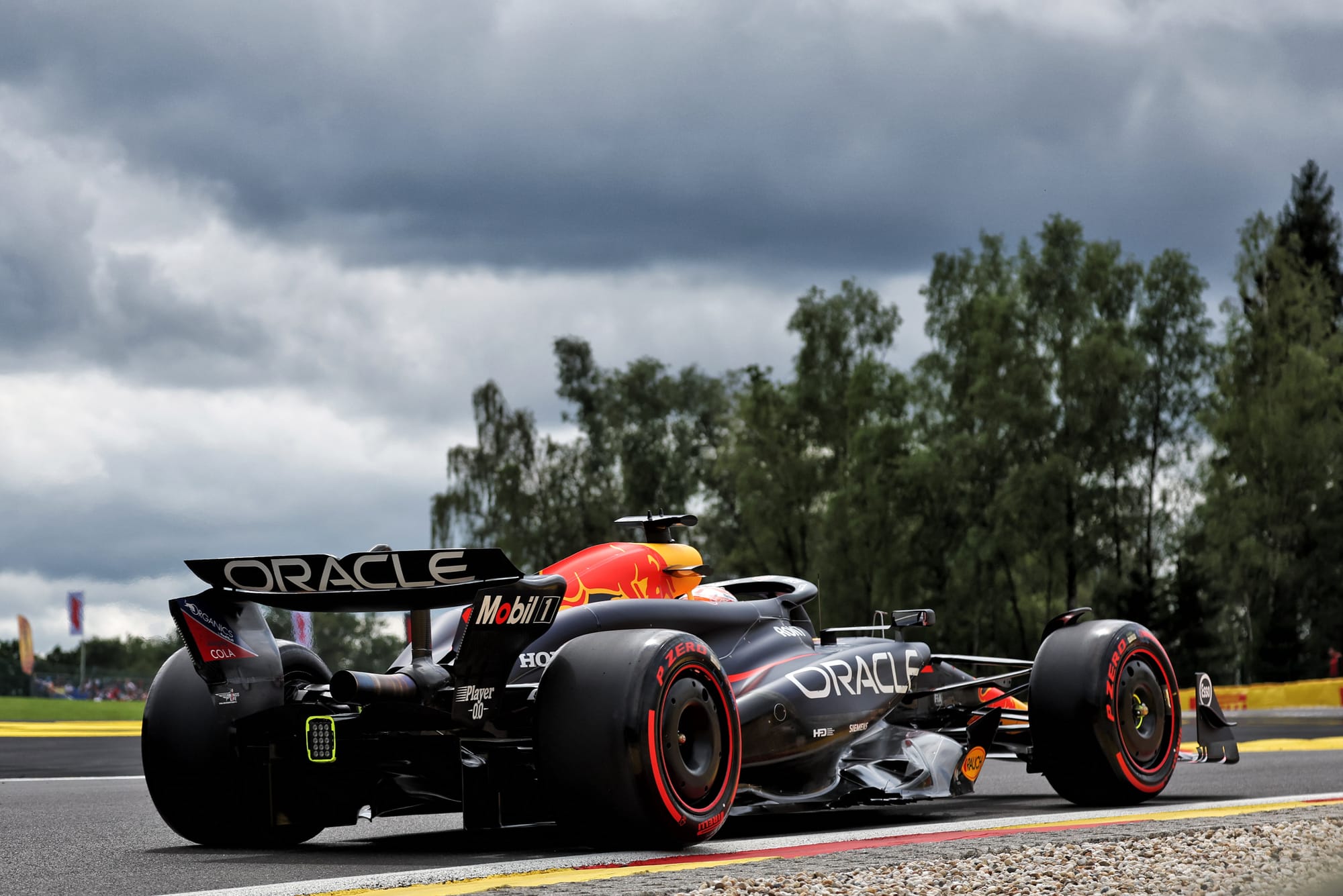
For these cars, the key is to be as close to the ground as possible to generate as much downforce as possible from the underfloor venturi tunnels without causing the car to stall or have major understeer issues.
This concept served Red Bull well for a long time, but as others approached it, it became more of a limitation.
Last year, or even earlier this season, Red Bull could have raised the car’s ride height and given up a bit of performance to improve handling, but now it has to extract as much downforce as it can.
This can make the car difficult to drive and sometimes significantly limit performance on off-road tracks, such as Monaco, or those with a lot of pavement.
The car also proved to be underpowered in fast cornering as its simulation data suggested – pointing to a linkage issue.
Although Verstappen was strong in the fast corners at Spa, this was due to the car’s immense aerodynamic efficiency, which allowed it to carry a larger wing than its rivals without losing out on the straights. So it relied on another strength to counteract this particular weakness in Belgium, which is not always possible.
To make matters worse, even at his best, the rest of the drivers were closing in. Occasionally, Verstappen was able to reclaim his old pace advantage, for example in qualifying in Austria and Belgium, but more often than not he was too close.
These problems are complex, relying on the interaction of the mechanical platform and aerodynamic properties, with precise control of performance dictated by the fine details of floor edges, floor shape, suspension specifications, and countless other factors.
For cars designed before 2022, it is possible to add downforce to cars in a seemingly unlimited amount of time to add performance, although there is a clear limit dictated by the laws of physics.
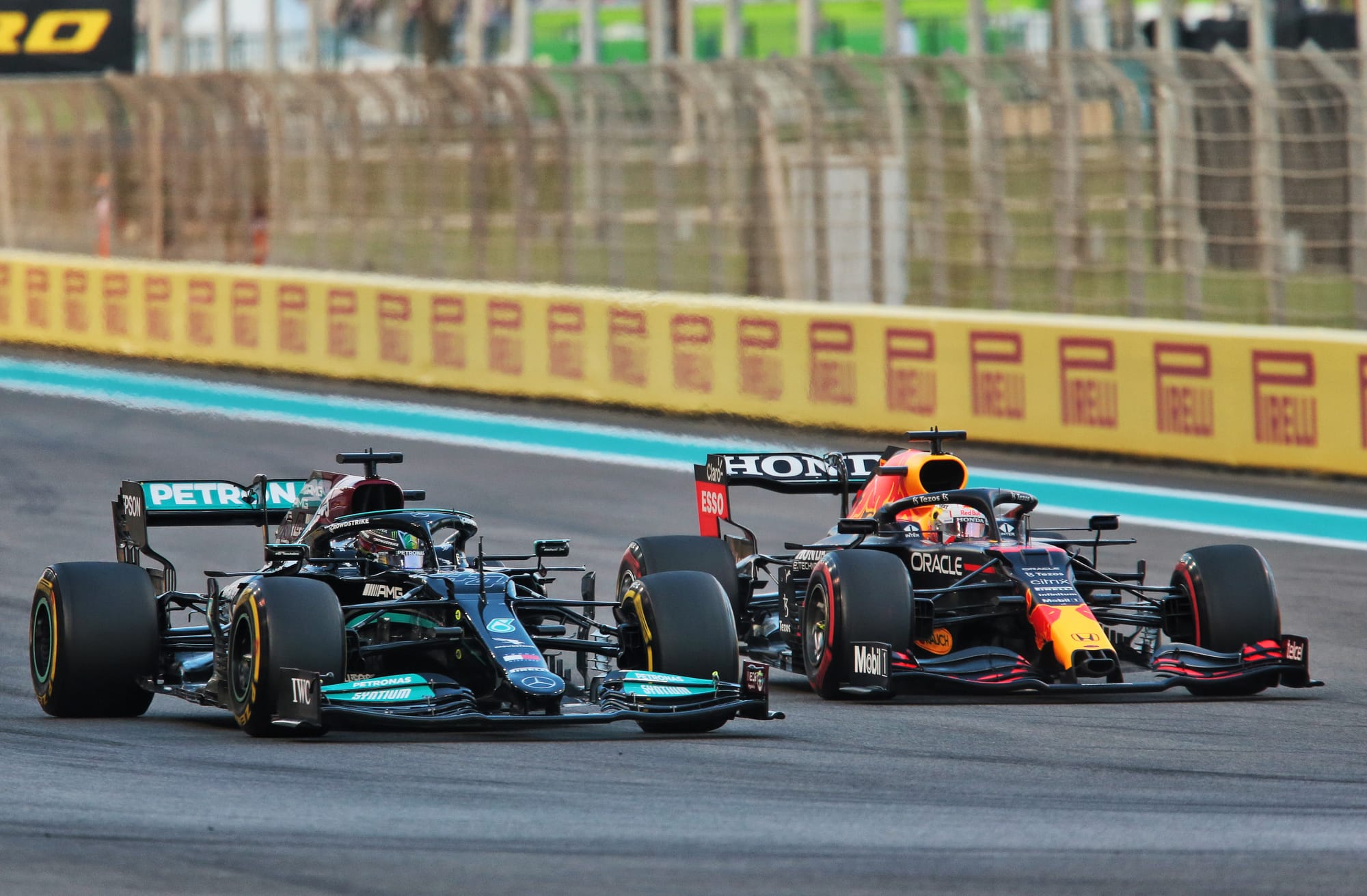
Today’s cars have more constraints to contend with, making the balancing act between work and driving a delicate one and increasing the challenge of understanding whether or not you’re really close to maximum performance.
It’s also important to note that when talking about the concept of a car, it’s not so much about the physical shape as it is about the key decisions made regarding ride height ranges and the conditions in which you want the car to operate.
So for Red Bull, is the rigid platform concept the best possible performance or not? And if so, can the best average performance across the 24 circuits be achieved by sticking to that concept and improving it as much as possible or changing the approach to a more all-round car like the McLaren?
Red Bull will have already made significant progress in answering this question with the RB21 now in advanced stages.
The team is unlikely to risk developing a 2026 car in favour of a 2025 car, and it would be surprising even if a successful team like Red Bull tried to completely transform the car concept.
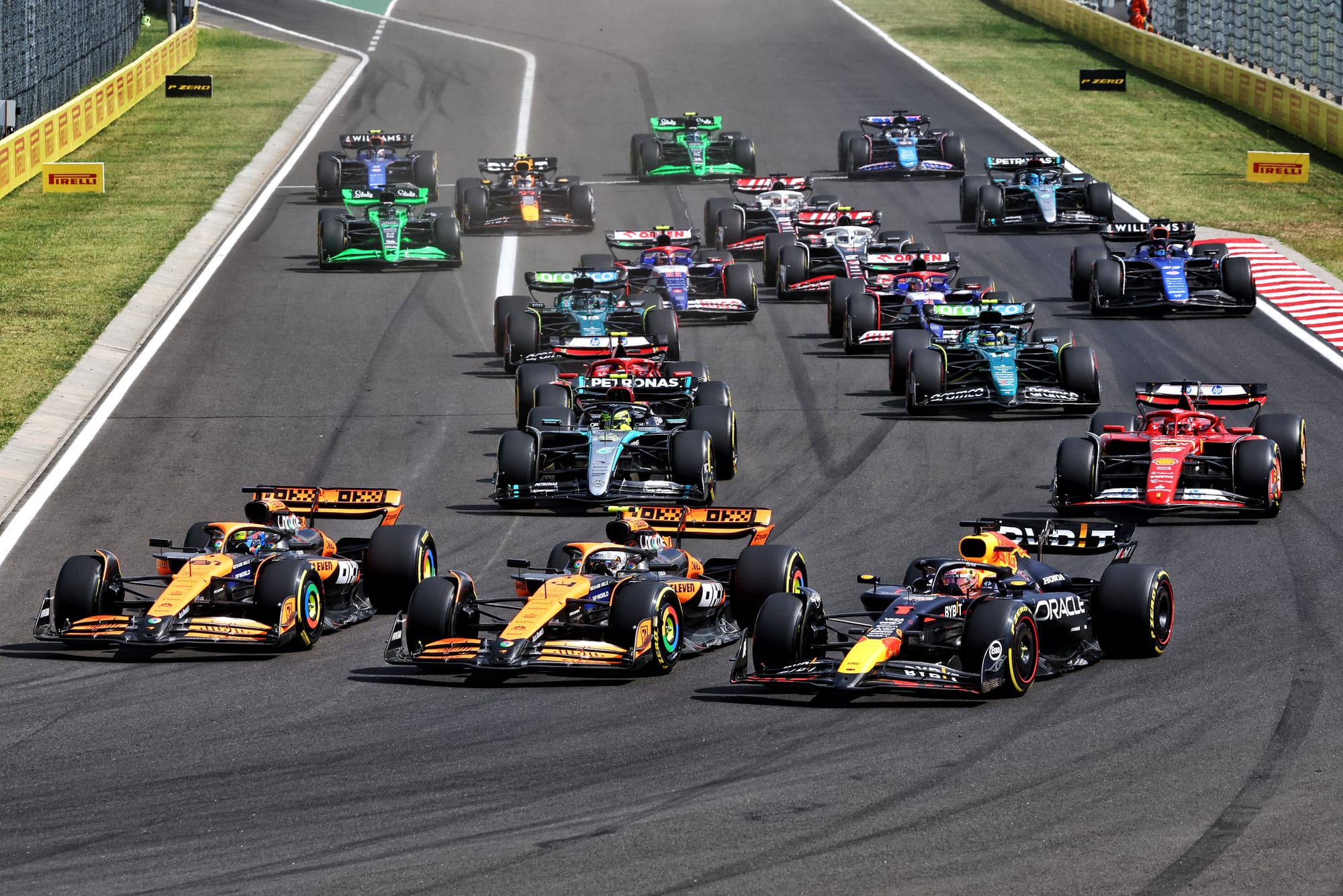
But there is room for some sort of tweaking that will hopefully, ideally, make the car’s operating window a little wider without any loss in performance.
These changes may be subtle and may achieve the goals of a wider window, a better ride, and a more comfortable drive. Some believe the RB20 still has more features, meaning that a further evolution – as with the RB21 – could open up even more possibilities.
However, Red Bull will not focus on one feature – improving the driving experience – if it comes at the expense of performance.
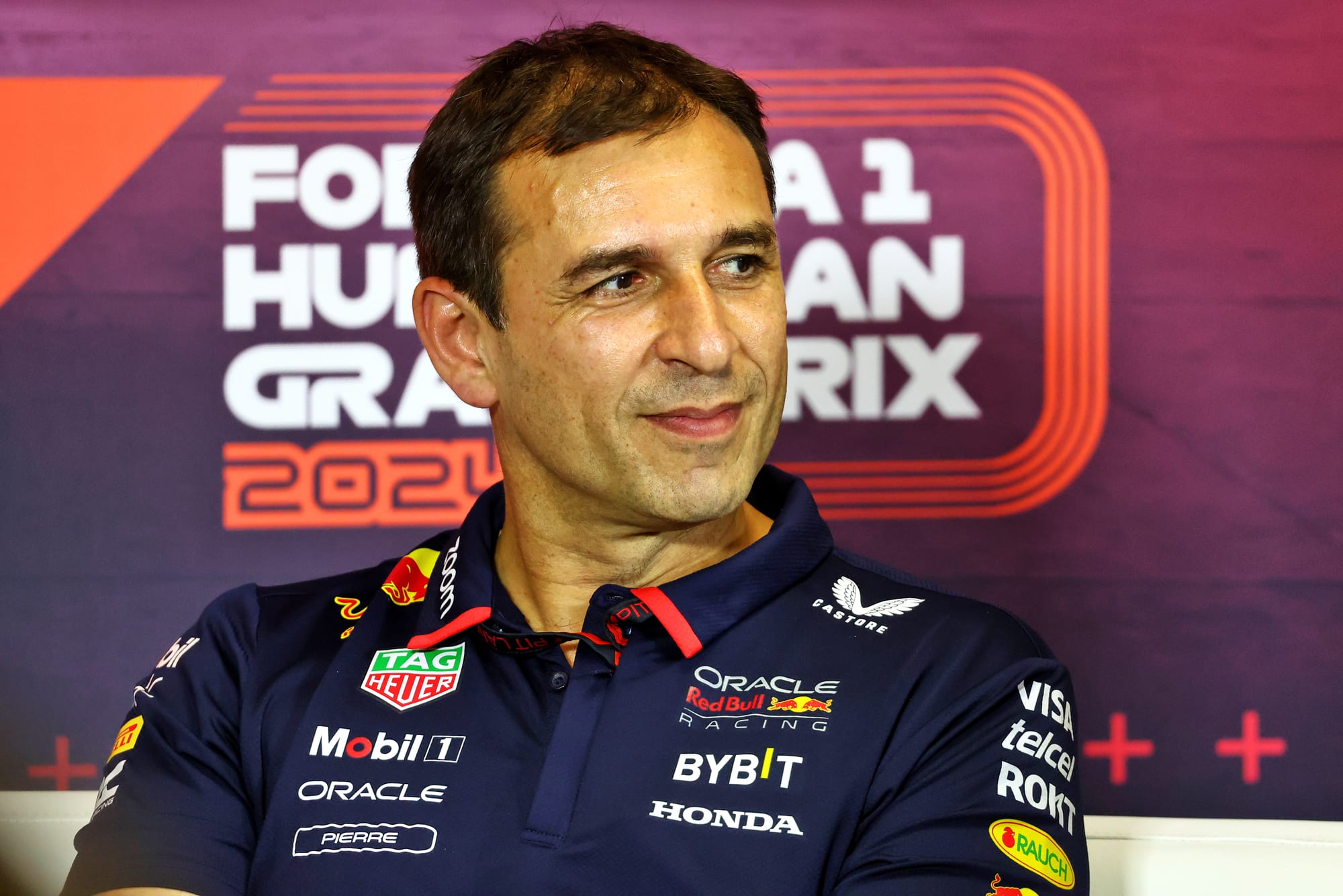
“We still have the capacity to develop the car, otherwise we wouldn’t have offered the update,” technical director Pierre Wach said when asked about the diminishing returns in Hungary.
“Obviously the fact that others are getting closer and closer is a big aspect that we’re pushing more and more to bring the update faster.
“Performance doesn’t just come from gaining total downforce. It also comes from the driver’s ability to extract it and how it affects balance.
“We are also working on pushing in this area. This is a big part of it, and we still have room for improvement in this area.”
Clearly the decisions made in Milton Keynes now could have a seismic impact on how the rest of 2024 develops, Red Bull’s chances in 2025, and the prospects of starting with Ford’s new in-house engine in 2026.




